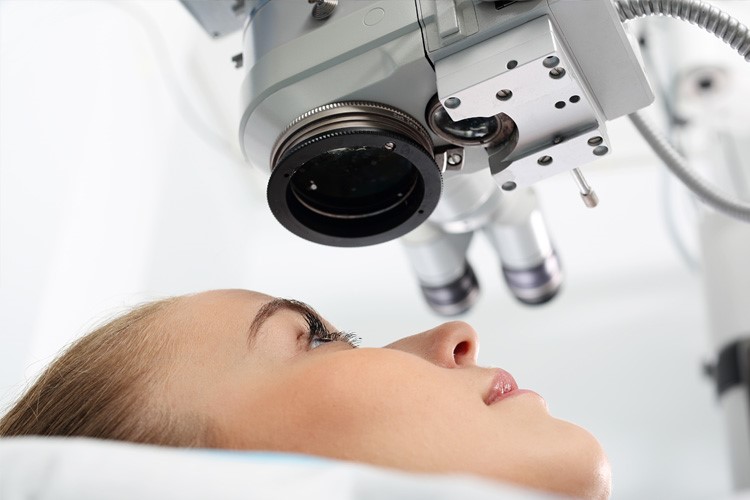
Entropion: the symptoms and how to treat it
Entropion is a condition related to an altered position of the eyelid whereby the eyelid rim, where the eyelashes reside, is introflected (turns inward) and the eyelashes go scratching on the cornea
Symptoms attributable to entropion
To the naked eye, the eyelid appears more shortened and pudgy than usual and the eye very red, in addition to a very noticeable subjective sensation of discomfort complained of by sufferers.
At first one feels:
- discomfort;
- discomfort;
- redness of the eye.
Later, this disorder can result in corneal lesions, real ulcers that, in addition to being very painful, can lead to infection from which corneal transparency or a corneal abscess can result.
Types of entropion
Entropion may be congenital in a small percentage of cases because, normally, it is senile in nature, that is, due to a laxity of the orbicularis muscle, which no longer keeps the eyelid in contact with the eye and thus the eyelashes become introflected.
There is also, albeit less frequently, senile spasm entropion caused by an overactivity of the orbicularis muscle that causes the eyelid to contract and bring it inward.
How entropion is treated
For senile entropion, treatment is always surgical.
Through surgery, the eyelid is cut and shortened, and the eyelid rim is everted with resorbable stitches that reposition it to its original location.
In some cases of entropion for spastic forms, botulinum toxin injections can be performed, but these have limited efficacy over time.
Once, in fact, the toxin is degraded by our body, usually within 2 to 3 months, the paralysis effect of the over-contracting muscle is lost and it returns to its original situation.
Surgery
This is a 20-minute, outpatient surgery with infiltrative local anesthesia that requires the discontinuation of antiplatelet and anticoagulant medication.
The effectiveness of the procedure in some cases is not definitive: sometimes the laxity is such that the problem may recur over time.
In fact, as the eye socket regresses with age, the periorbital fat wears away leading to an unavoidable clinical condition known as enophthalmos, or dimpling of the eye game.
No longer having the push of the eye, therefore, the eyelid turns inward.
It is important, however, at the initial stage of surgery, not to exaggerate with the thinning of the orbicularis muscle and skin, but to act with extreme balance: if you shorten the eyelid too much, in fact, you run the risk that the eye will later not close.
Read Also
Emergency Live Even More…Live: Download The New Free App Of Your Newspaper For IOS And Android
Early Diagnosis Of Maculopathies: The Role Of Optical Coherence Tomography OCT
What Is Maculopathy, Or Macular Degeneration
Eye For Health: Cataract Surgery With Intraocular Lenses To Correct Visual Defects
Cataract: Symptoms, Causes And Intervention
Inflammations Of The Eye: Uveitis
Corneal Keratoconus, Corneal Cross-Linking UVA Treatment
Myopia: What It Is And How To Treat It
Presbyopia: What Are The Symptoms And How To Correct It
Nearsightedness: What It Myopia And How To Correct It
Red Eyes: What Can Be The Causes Of Conjunctival Hyperemia?
Autoimmune Diseases: The Sand In The Eyes Of Sjögren’s Syndrome
Corneal Abrasions And Foreign Bodies In The Eye: What To Do? Diagnosis And Treatment
Covid, A ‘Mask’ For The Eyes Thanks To Ozone Gel: An Ophthalmic Gel Under Study
Dry Eyes In Winter: What Causes Dry Eye In This Season?
What Is Aberrometry? Discovering The Aberrations Of The Eye
Dry Eye Syndrome: Symptoms, Causes And Remedies
What Is Macular Pucker And What Are The Symptoms
Maculopathy: Symptoms And How To Treat It
Amaurosis: What It Is, Symptoms, Causes And Treatment


